Maximize Your E-Commerce Performance
E-Commerce Monitoring

E-Commerce Monitoring
E-Commerce Monitoring
With advancing technology and new possibilities in digital marketing, it’s essential for online store owners and managers to keep an eye on ways to monitor e-commerce performance. It’s been widely discussed that data measurement is the most important task in digital marketing.
Through data monitoring, you can understand and analyze all possible behaviors of your audience and make continuous improvements. Decisions are based on data, so it’s crucial to know where to start and how to effectively monitor things. After all, having vast amounts of data is useless if you don’t know how to interpret it.
It may seem like we’re speaking a different language when we talk about monitoring data, but it’s simpler than you think. There are both free and paid tools that can help, regardless of your budget. The internet has allowed small and medium-sized businesses to create their strategies at a fraction of the cost compared to relying on traditional media like newspapers, magazines, and TV.
The Importance of Monitoring
No business owner, whether from a small startup or a multinational corporation, wants to waste money. The essence of monitoring is making intelligent use of your budget. Before the internet, measuring data and audience was a much harder task, which is why many companies wasted significant sums on TV ads that didn’t always perform well.
We now see more specific and well-thought-out TV commercials because today’s advertising requires much more planning to keep a business financially healthy. Additionally, there are more platforms available for advertising, such as YouTube, Google, Facebook, Twitter, LinkedIn, among others.
These platforms now provide much more accurate and clear audience data. Not only that, but they’ve also created tools for you to track everything in real-time and analyze the best strategies for success with your ads and organic posts.
Websites have also seen much more development and innovation in the last decade, offering so many features that it’s possible to run your business entirely online, without needing to venture into offline marketing—though offline strategies remain important.
E-commerce websites have been the fastest-growing in recent years, serving as virtual environments for both marketplaces and physical stores. Imagine that your e-commerce needs to be well-developed and secure to ensure financial transactions happen confidentially. Creating this environment isn’t simple, and designing an appealing layout is even more complex.
Once your site is up and running, after a few months you’ll have precise traffic numbers, user session duration, page load speeds, bounce rates, traffic sources (whether from Google organic search, paid ads, or social media posts), and much more.
With these insights, along with a team of marketing professionals and web developers, you’ll better understand where to improve, where to invest, and how to reach your audience more effectively. That’s why it’s crucial to familiarize yourself with some basic e-commerce monitoring tools.
Main Tools for E-Commerce Monitoring
We will mention the main tools, as there are many that can assist your e-commerce site, ranging from free options to paid subscriptions. It’s extremely valuable to explore multiple options in the market to choose the one that best fits your store and needs. However, there are some universal platforms.
Google Analytics
You’ve likely heard of Google Analytics and perhaps already have an account. However, it’s a tool that requires constant monitoring. Simply having an account is not enough if you’re not reviewing the reports and analyzing the collected data. It’s crucial to have a professional who works with Google Analytics and provides guidance for your business.
Google Analytics provides traffic data, sources of that traffic, user engagement on your pages, and many other important insights. Moreover, it integrates seamlessly with Google Ads, Google Search Console, and Tag Manager (which also greatly assist in e-commerce monitoring). It’s one of the most comprehensive digital marketing tools your company can have.
Keyword Planner and SEO Monitor
Although we’re discussing two different tools, they complement each other quite well. Keyword Planner is Google Ads’ keyword analysis platform and provides valuable insights into the terms you should include in your product descriptions, titles, and subtitles.
However, it doesn’t offer as clear or intuitive reports, which is where SEO Monitor comes in. It analyzes your site’s strongest keywords and identifies areas for improvement. SEO Monitor compares your keywords with those of your competitors and suggests new keywords that will benefit your site.
Google Page Speed and Mobile Test Me
For e-commerce, it’s essential to constantly monitor your page speeds. If a user has to wait 10 seconds for a page to load, the likelihood of them abandoning the purchase or leaving your site is extremely high. Google Page Speed analyzes both the desktop and mobile versions of your site.
Mobile Test Me specializes in analyzing the loading speed of responsive online stores. Given that the majority of searches and purchases now happen on smartphones, this is a crucial aspect of monitoring your business’s success and profitability.
Feature
- Real-time tracking of traffic, user behavior, and conversions
- Integration with tools like Google Analytics, Google Ads, and SEO Monitor
- Mobile and desktop performance analysis with Google Page Speed
- Monitor and optimize your e-commerce website's loading times
- Understand audience insights for better targeting and conversions
WiFi Digital © Copyright 2025 All Rights Reserved.


